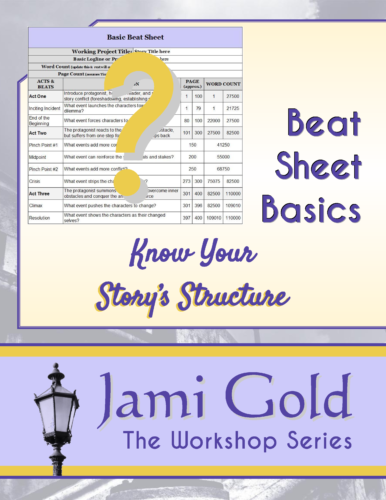One of the most common pieces of writing advice is to Show, Don’t Tell. In many cases, that’s good advice, but as with most advice, that “rule” is imperfect and incomplete.
Check Out These Posts labeled with the Tag “Mary Buckham":
Want to refine these results? The Search page offers many filtering options.
One of the ways we create compelling writing is by creating a need within our readers to keep turning pages. So a common piece of advice is to create hooks—phrases, sentences, ideas, questions, etc.—to fuel that need within readers. Today, Mary Buckham’s here to touch on the 9 types of hooks and to answer frequent questions about hooks.
The trick to sharing setting information (which our readers do need) without dragging down the pace is to write active descriptions. Active descriptions let the reader imagine the setting in their mind, keep them anchored in the story, and slip in information so seamlessly that they never realize they’re reading descriptions.

